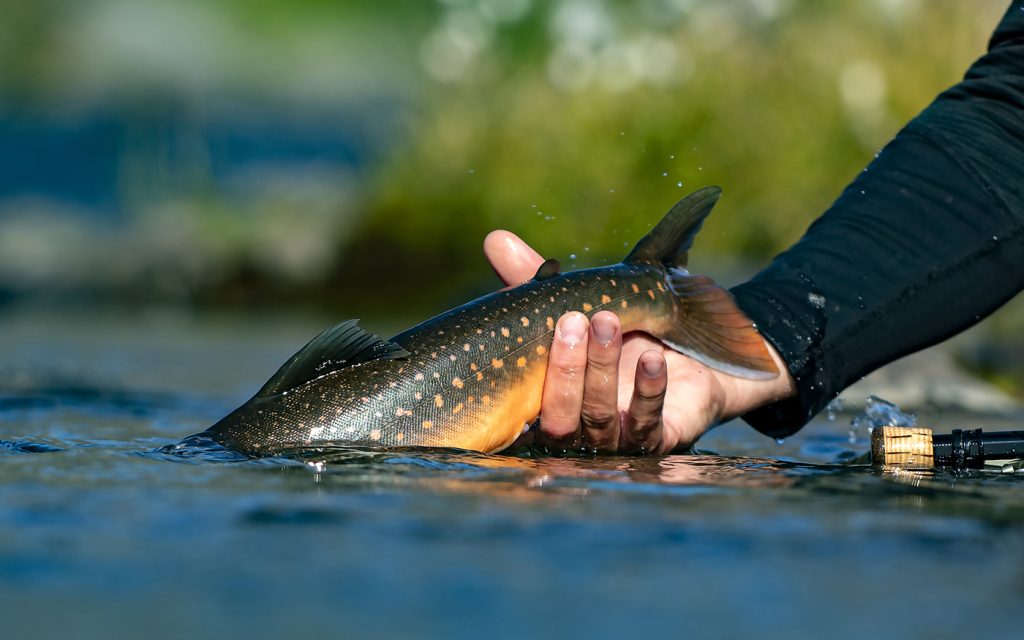
On Sunday 2023 is over and 2024 is upon us. We’ve had a good and busy year as always, working on all fronts. We enjoyed every second of it and will continue to do so. Let’s take a quick look at what we’ve done on 2023.

On Sunday 2023 is over and 2024 is upon us. We’ve had a good and busy year as always, working on all fronts. We enjoyed every second of it and will continue to do so. Let’s take a quick look at what we’ve done on 2023.
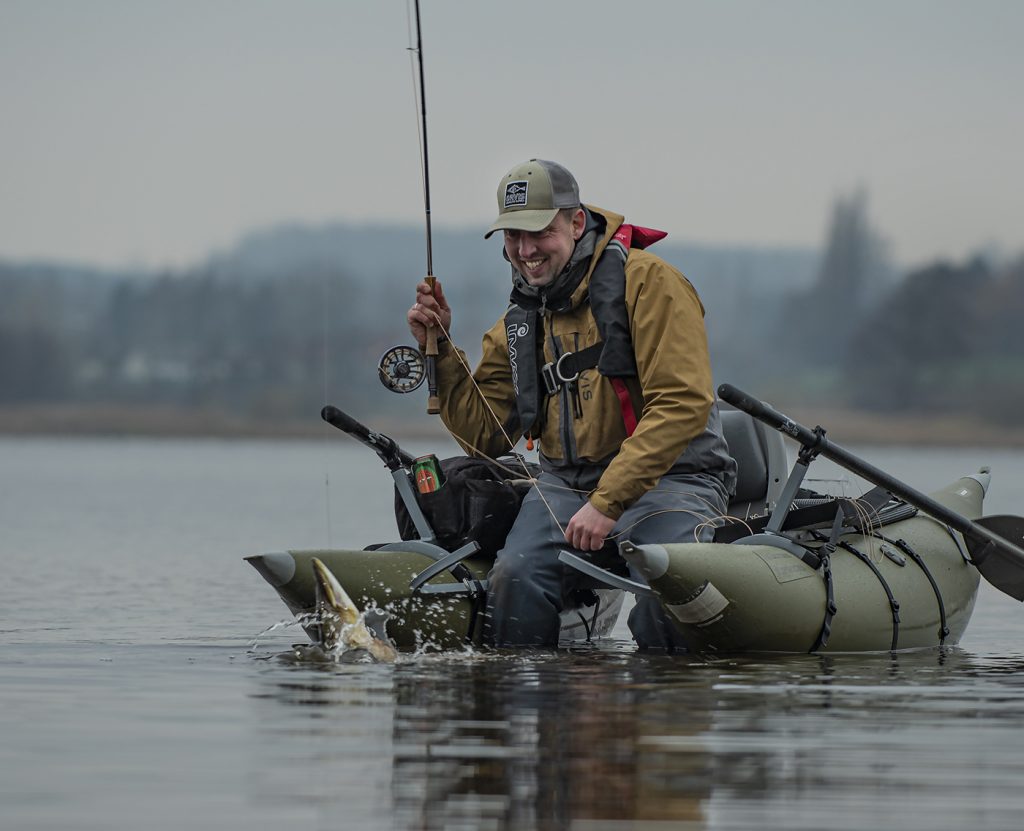
For most in the Northern Hemisphere winter is either here or fast approaching. This doesn’t mean that fishing is over, but I believe that most of us fish a little less and some not at all, perhaps depending on how diverse you are in your fishing. Here in Scandinavia, lots of fly fishers fish for several different species. In the salt, early winter is actually a very good time to chase for one of the elusive, chrome sea trout that skip the spawning run. Pike are also in season and are hungry, busy feeding and getting ready for the slow winter months and cold water.
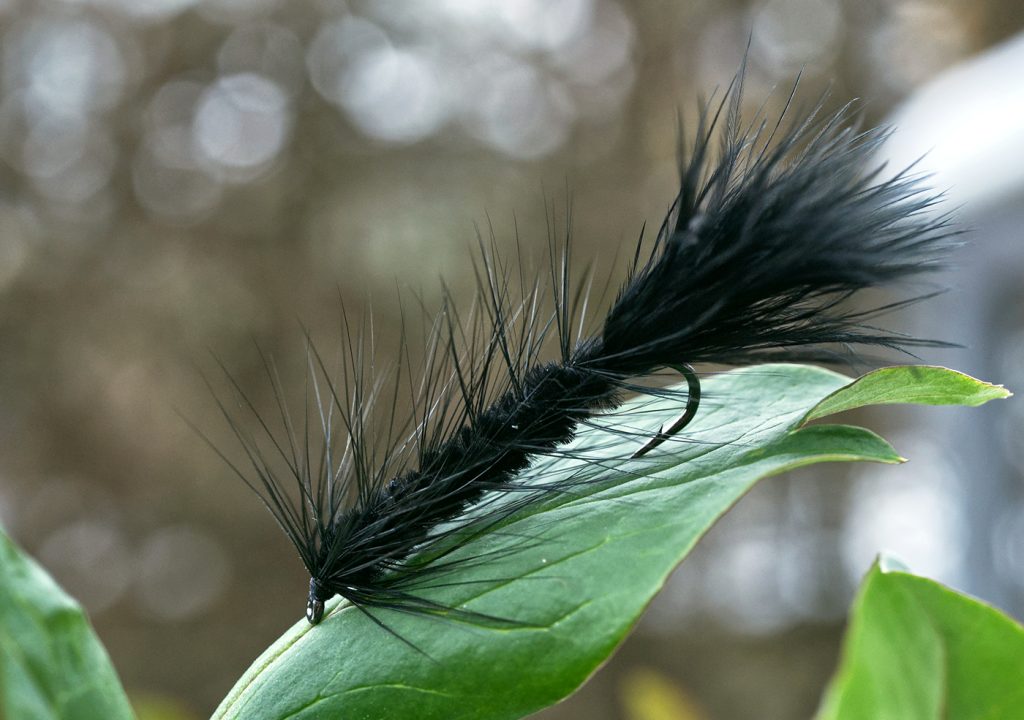
The good, old Wooly Bugger has at some point been in most fly boxes around the world. When asked that “which-fly-on-a-deserted-island-would-you-bring?”-question, a Wooly Bugger will probably end up high on the list. I should add, of course, that the deserted island is littered with lakes and streams and surrounded by sea with all sorts of fish. There are probably hundreds of variations being fished and there’s absolutely no doubt that not’s highly effective.
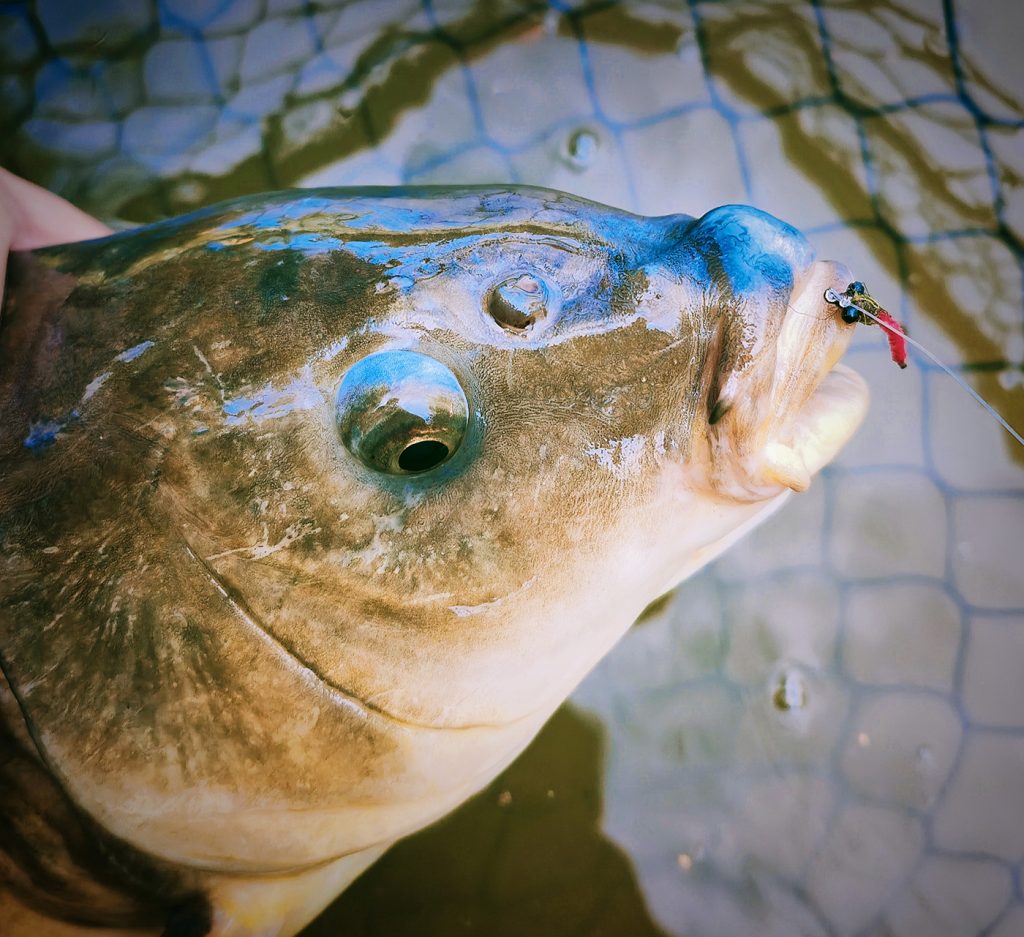
The variety in fly fishing is enormous, and almost all species of fish can be trigged in one way or another with a fly fished on a fly rod. The traditional trout and salmon fishing are familiar to everyone, but out there beneath the surface a lot of other exciting species await – and they also like to take an enticing fly. This week we talked to the English fly tyer and fly fisherman Jamie Sandford about one of his newer favourite fish, the “bonefish of fresh water” – the carp.
Here Jamie himself tells about the exciting fishing for the carp.
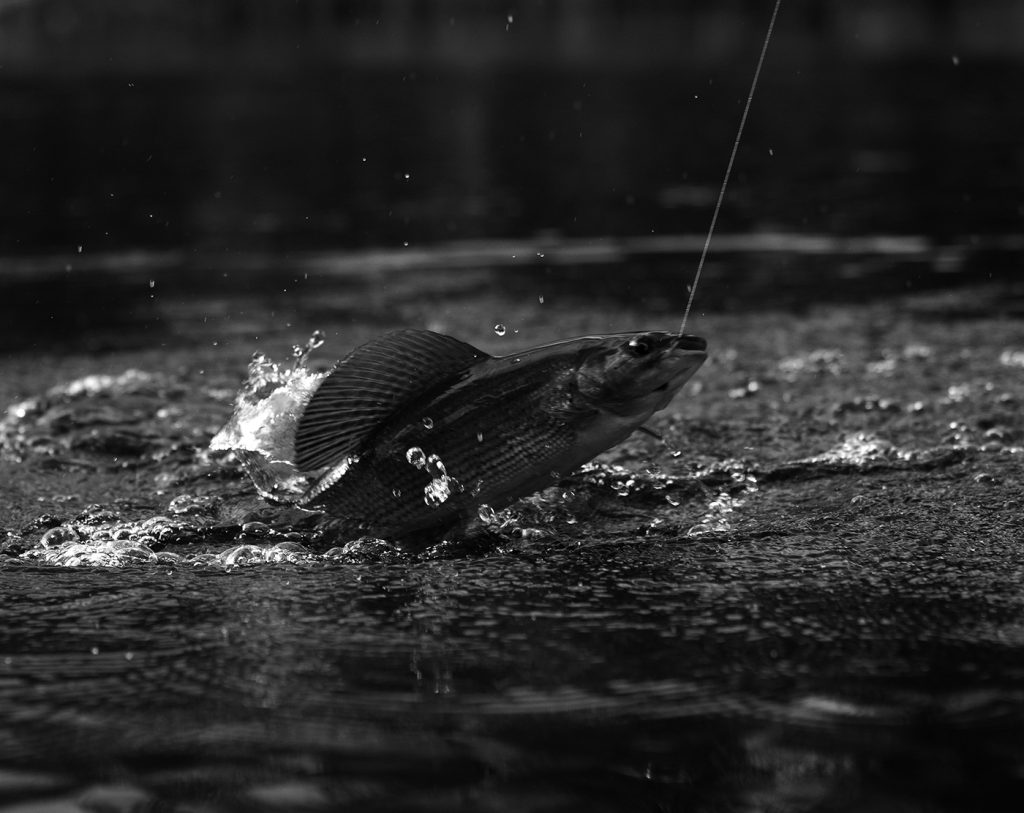
The question is not how to fish, but why you do it. The author and his fishing buddies do it out of necessity. It’s more important than life and death to them to escape the human world, step in to water and wave a stick. Left on the shore is their misery and worries. Standing in the water they find freedom, healing and occasionally a fish.
Battles are lost and won with tongue in cheek and always celebrated with mountains of cake and an endless stream of fresh espresso coffee. To the band of brothers it’s more important who you fish with than how big the fish is; except for the ones lost.
You may not learn a lot about catching more and bigger fish, but reading these stories is like holding a mirror up in front of yourself getting a little wiser. The small why is a big one.

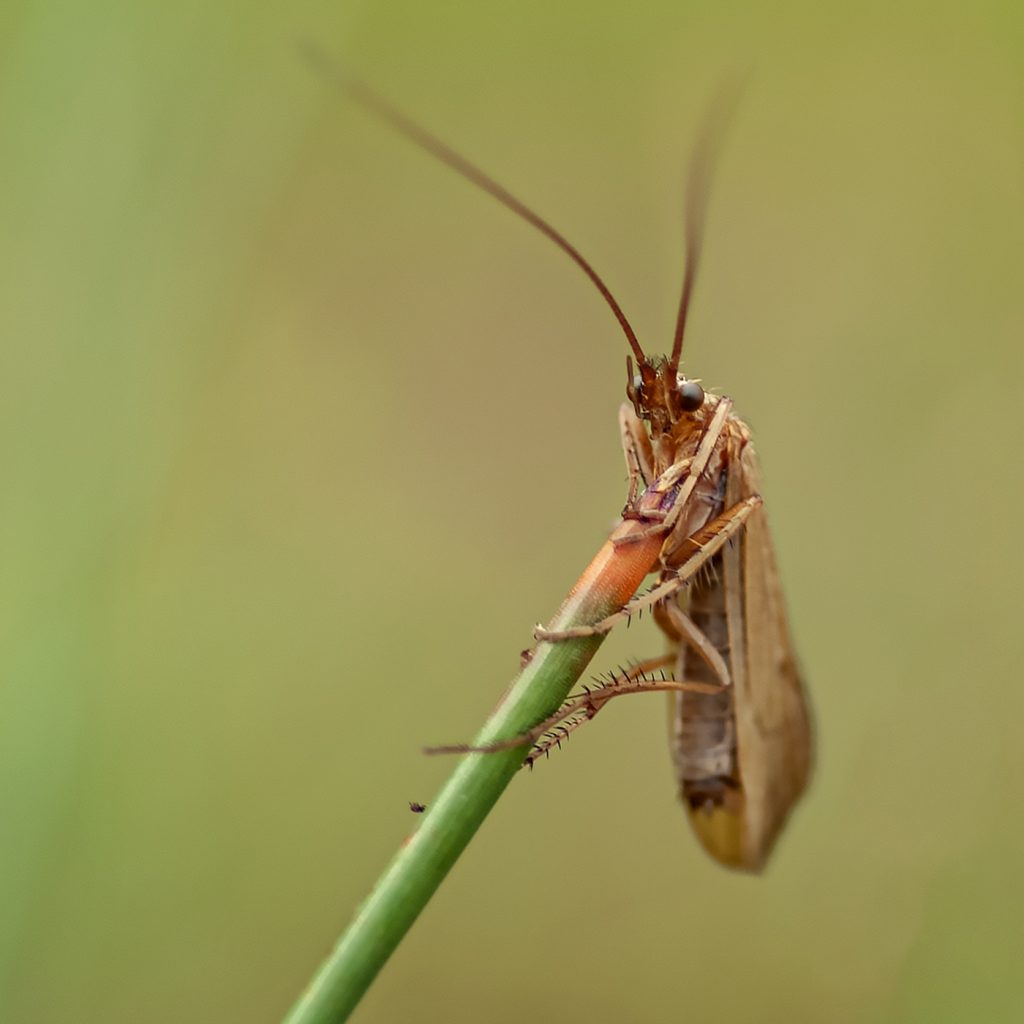
Caddis are important prey for trout and grayling. Some species leave their pupal case and swim towards the surface. Here they swim towards shore to hatch on land or in vegetation. They’re fairly big and you can easily see them almost rowing along the surface. This behaviour obviously makes them highly exposed to trout and grayling, but also very fun to fish, because you can skate and twitch the fly, which often triggers quite aggressive strikes. Skating and twitching is often something we strive to avoid when dry fly fishing, but in this case, it’s exactly the way to fish.
Continue reading “Ismo Pupa”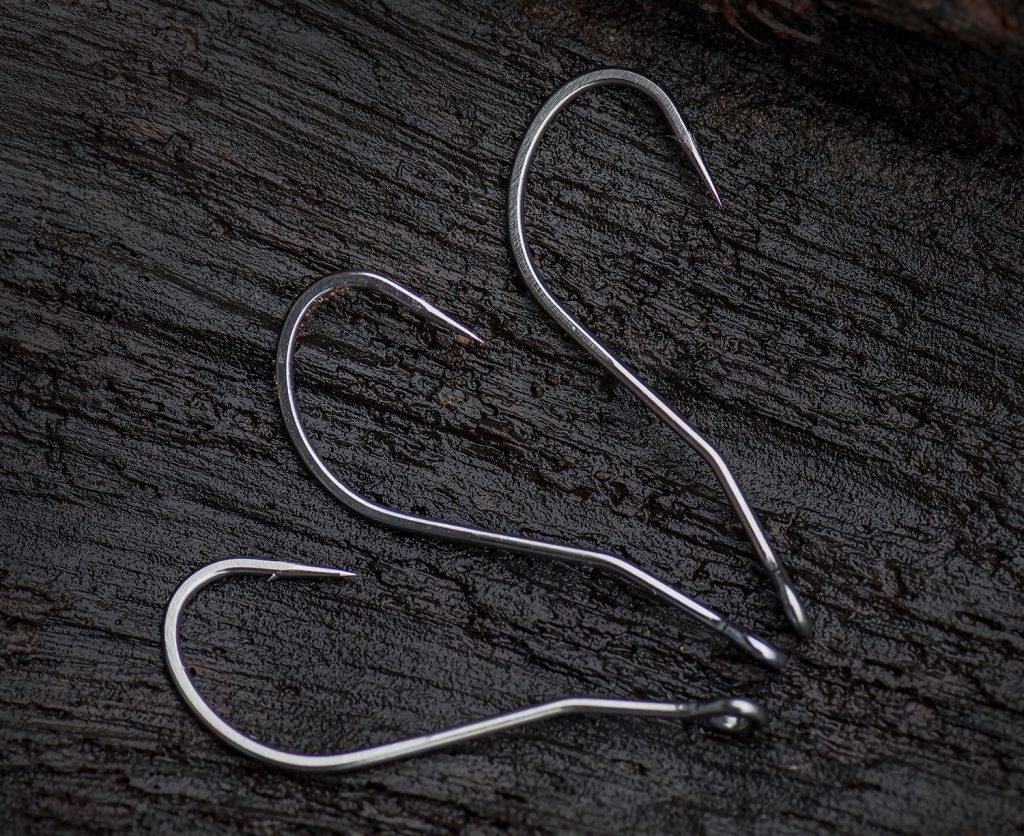
We’re pleased to, once again, announce the official release of a new hook. We love making hooks, and in particular ones that are made for specific purposes, maybe even a model others would call a niche product. It only makes it better when they are a result of a collaboration with others. In this instance the hook is a result working with Chris Adams (from Australia), who contacted us about a bend back hook for his barramundi fishing.
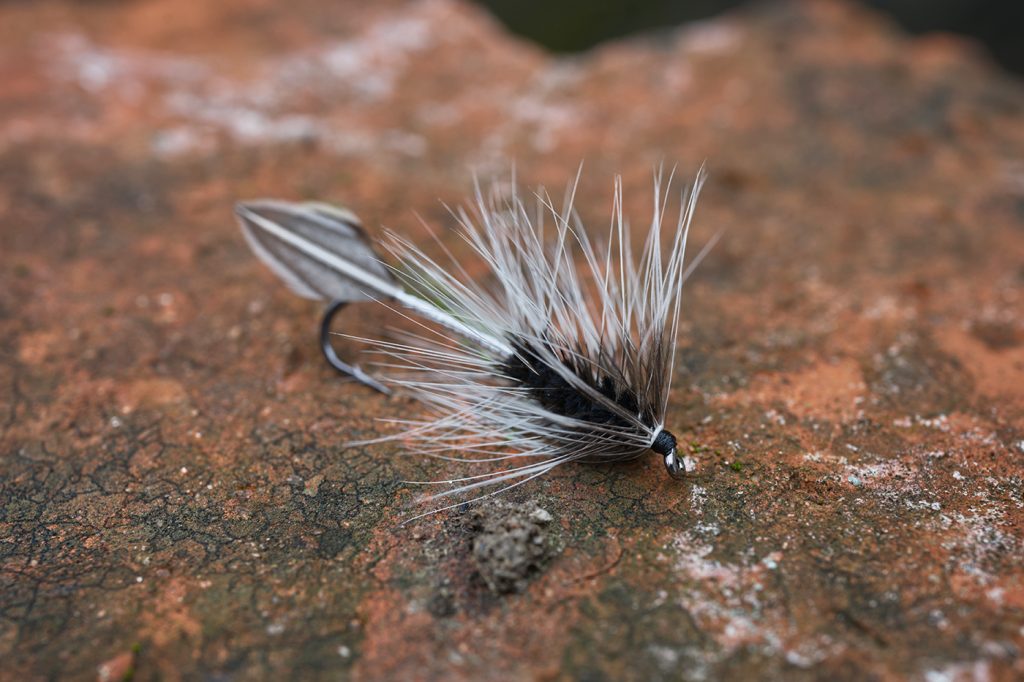
I don’t think there’s a fly with a scarier name than this. A demon from a big hole – however it looks nothing like a demon, it is only a streamer fly. There’s endless debate on how old a fly has to be, before it can be called a classic. However I’ll classify this as a classic. It was invented in 1965 by Pete Narancich, in Montana and named after the famous Big Hole River.
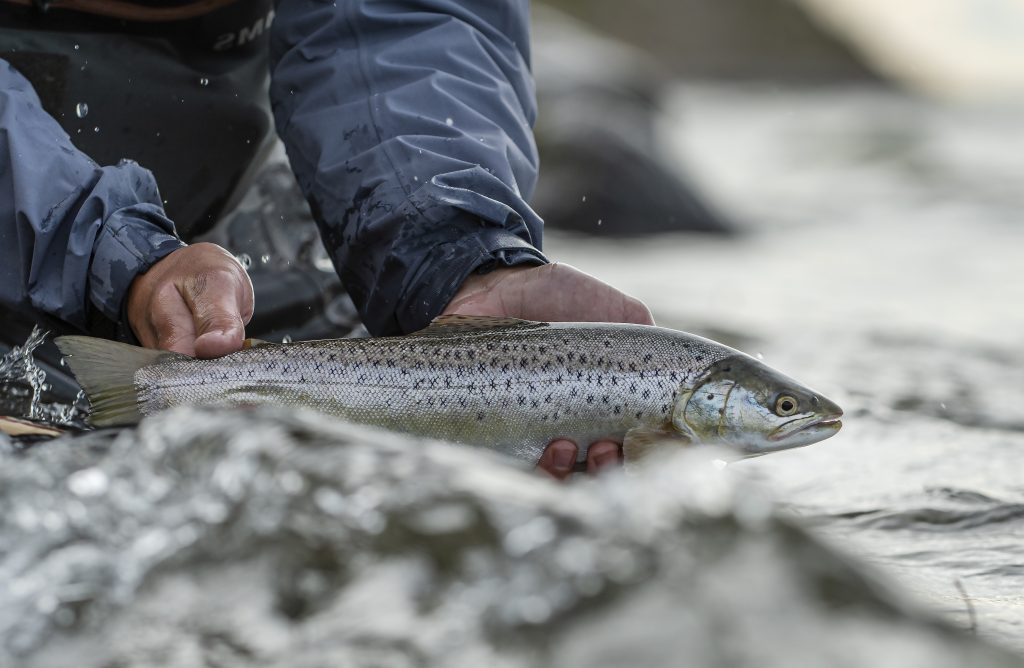
Once again a blog from Peter Alexandersson, our resident fishing machine. Peter fishes a lot and for a lot of different species, but maybe more for sea trout than any other species. Today Peter offers a little advice for autumn fishing for sea trout.
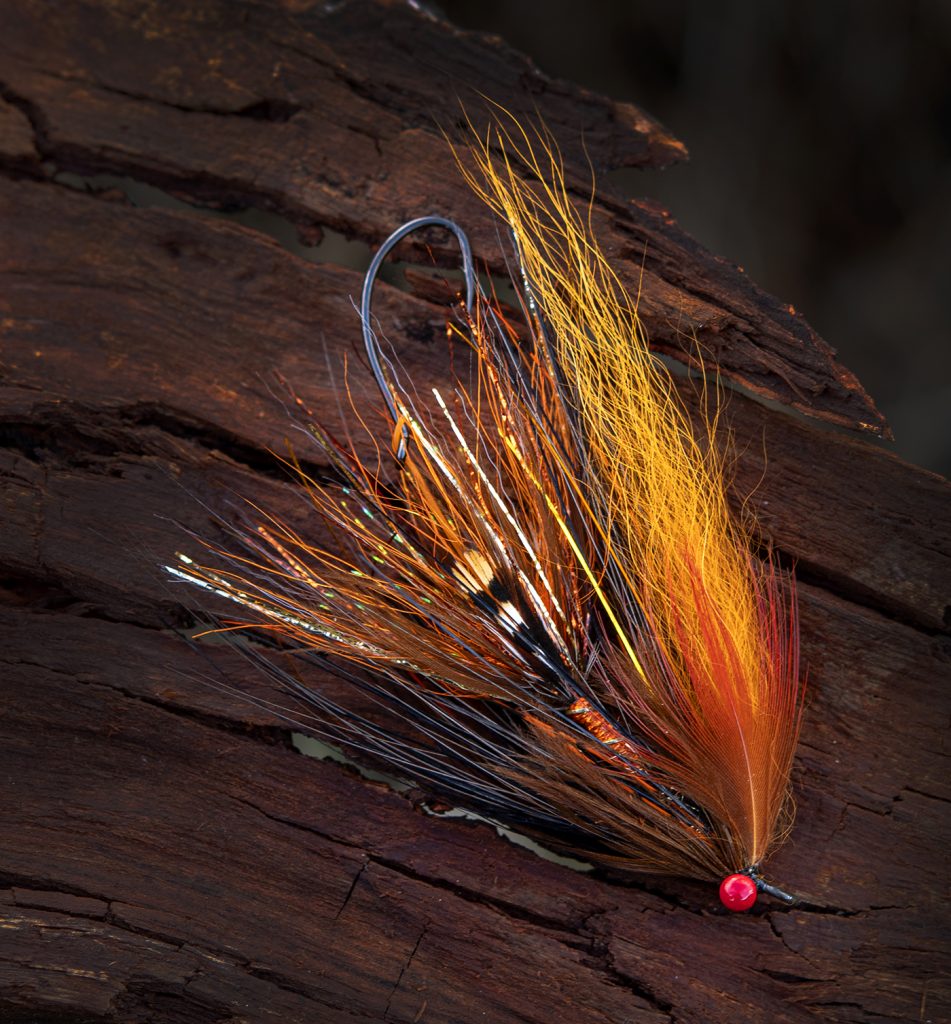
Not the missile – at all, but a hook. A stinger hook is defined by it’s shape (as most hooks), it’s placement in the fly and the way it’s attached to the hook. Stinger hooks are short, have a fairly deep bend and are up-eyed. The up-eye is important and I’ll get back to that. Stinger hooks can be used a different ways. They can be the one hook and a fly or they can be used as a two-hook-setup, most commonly on long flies.